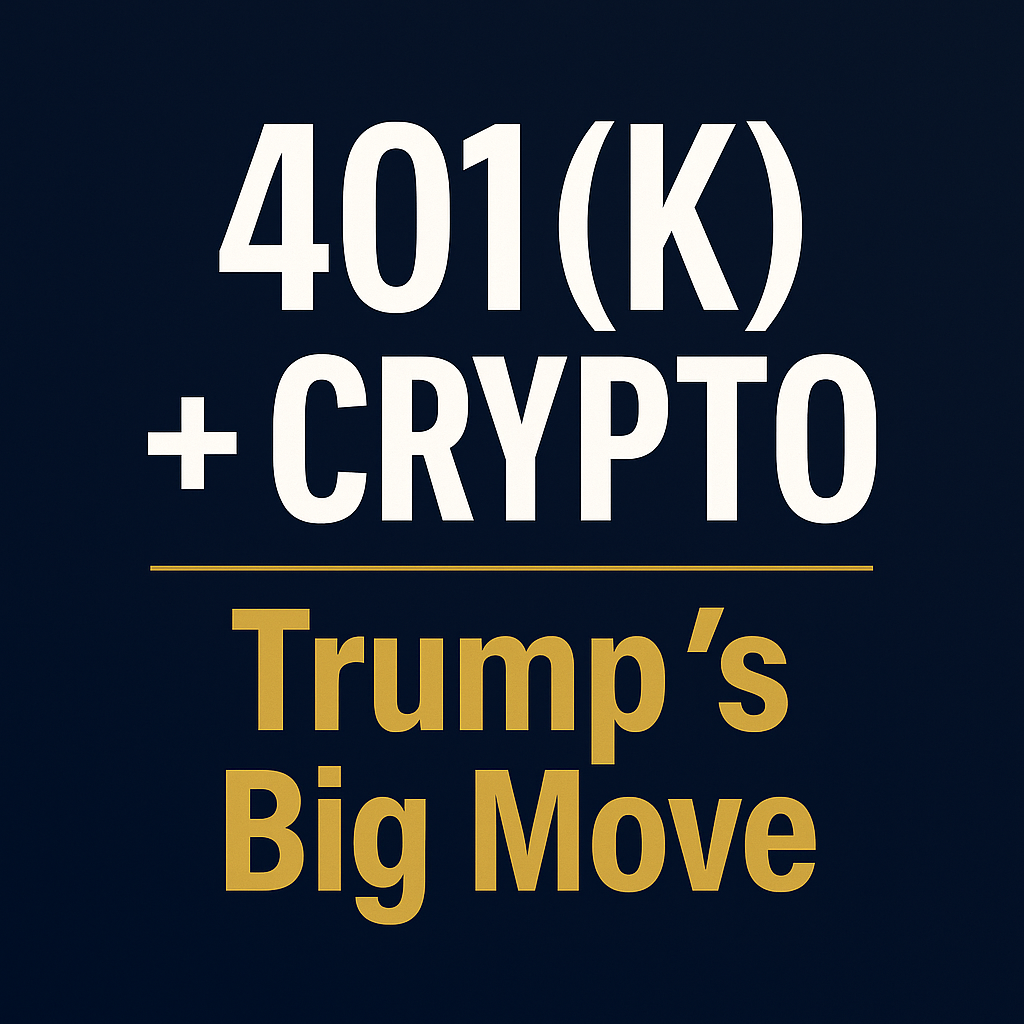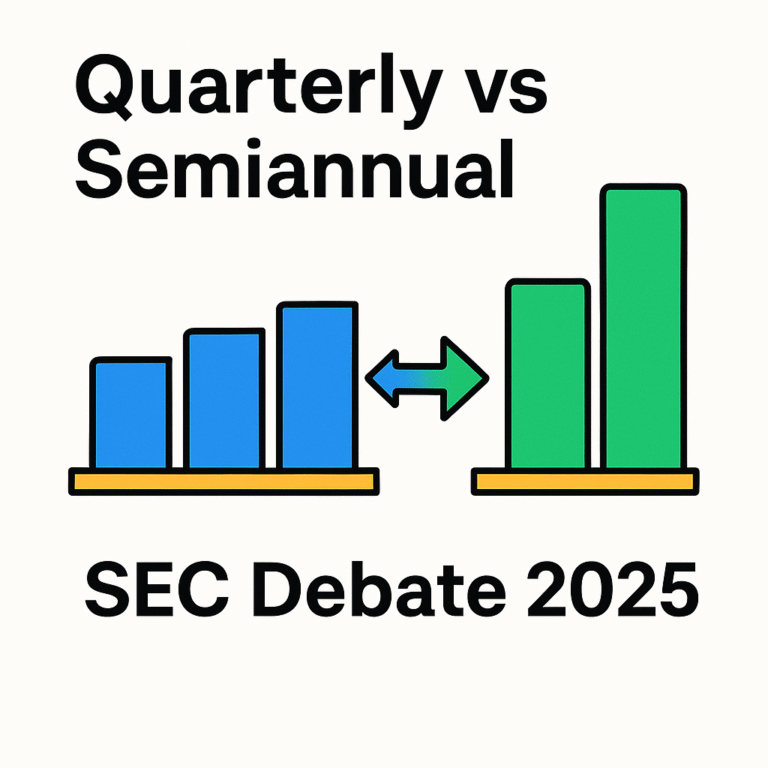401(k) Crypto Investments in 2025: Trump’s Executive Order Explained
Trump’s executive order opens the door for crypto in 401(k) plans. Learn what’s changing, the risks, and what investors should watch for.
Key Takeaways
On August 7, 2025, President Trump signed an executive order directing regulators to allow alternative assets—such as cryptocurrency, private equity, and real estate—inside 401(k) retirement plans.
The announcement triggered a sharp rise in Bitcoin prices, up more than 2% in a single day, and sparked heated debate among financial experts.
For retirement savers, this is a potential game-changer—but it also comes with significant risks that require careful consideration.
How Trump’s Executive Order Changes 401(k) Crypto Rules
In May 2025, the Department of Labor (DOL) officially withdrew its 2022 guidance that urged extreme caution with crypto in retirement accounts.
The August order expands ERISA’s definition of permissible assets, paving the way for crypto to be included in 401(k) investment menus.
Federal agencies now have 180 days to issue clear guidelines and “safe harbor” provisions for plan sponsors.
The Numbers: Costs and Volatility of Crypto in 401(k)s
Traditional 401(k) plans have average annual fees of about 0.26%.
Alternative assets, such as private equity, often follow a “2 and 20” fee model—2% management fees plus 20% of profits.
Cryptocurrency prices can swing more than 10% in a single day, making them highly volatile compared to traditional retirement investments.
Expert Warnings on Adding Crypto to Retirement Accounts
Investopedia notes that Bitcoin has outperformed the S&P 500 in 2025, rising over 11% versus the index’s 2% gain. Still, experts caution it should be limited to investors who can tolerate high volatility.
Alicia Munnell of AARP argues that Bitcoin is not suitable for retirement portfolios.
The U.S. Government Accountability Office (GAO) has also warned that crypto’s volatility and uncertainty pose serious risks for retirement plans.
Potential Impact on Retirement Markets and Asset Management
For younger investors, a small allocation—1–2% of the portfolio—could become an option for diversification.
Plan sponsors (employers) would face greater fiduciary responsibilities, including risk disclosure, fee transparency, and participant education.
The $12 trillion U.S. retirement market could funnel significant capital into digital assets, impacting the broader investment landscape.
The Next 180 Days: What Investors Should Watch
The DOL and SEC are expected to release official guidelines within 180 days, determining how—and if—crypto will be integrated into 401(k)s.
Whether major providers like Fidelity or Vanguard will launch crypto-enabled plans remains unclear.
Legal disputes could arise if participants suffer losses without adequate risk warnings.
Trump’s executive order signals a major policy shift that could bring crypto into mainstream retirement planning.
While the potential for higher returns exists, so do the risks—extreme volatility, higher fees, and regulatory uncertainty.
If you’re considering crypto in your 401(k), proceed cautiously, allocate only a small portion, and stay informed as regulations unfold.







